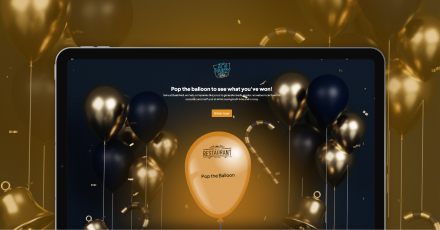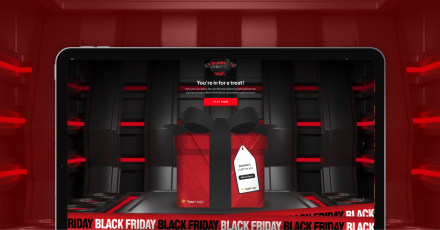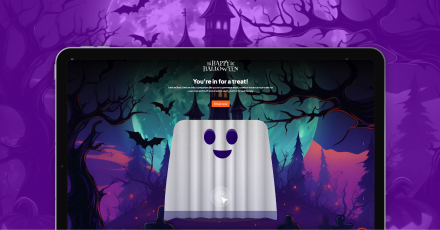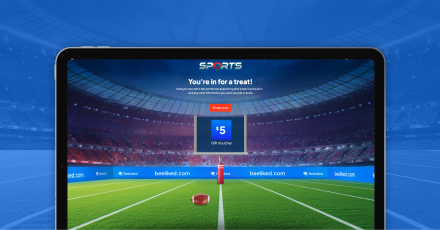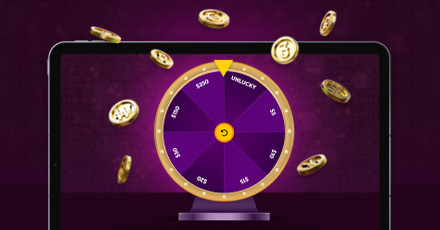Developing a solid customer engagement strategy is crucial for creating positive experiences that keep your customers returning. In a competitive market, the customer experience often sets you apart. With many alternatives available, customers can easily switch if they find something better. Therefore, a detailed plan outlining the necessary actions and resources to boost customer engagement is essential.
Let’s clear up a common misconception: customer engagement isn’t the same as marketing gimmicks. While both create positive experiences, authentic engagement builds loyalty, whereas marketing is more about driving sales. Real engagement means making it easy for customers to solve issues with your product or service, something Gartner calls the “effortless experience.” Studies show that customers are more likely to stop supporting a business if they find it hard to solve their problem.
Imagine you’re using a new project management tool for the first time. You have access to tutorials, one-on-one consultations, live chat, and a community forum. These resources make it easy to get started, increasing the likelihood of you continuing to use the product. Now, imagine if those support options weren’t available—just an FAQ page and an email address. Frustration would likely drive you to consider other options, regardless of how appealing the tool initially seemed.
Effective customer engagement goes beyond small pleasures; it focuses on resolving pain points to enhance satisfaction and loyalty. A strategic engagement plan should use every interaction to meet customer needs and expectations, driving higher conversion rates. Targeted engagement marketing strategies can boost business revenue and maximize customer loyalty. This guide will explore impactful strategies to help you succeed.
Understanding Targeted Marketing

Think of targeted marketing as a powerful tool that puts you in control. It allows you to reach out to specific groups within your audience. These groups, or segments, are defined by demographics, behavior, interests, and needs. The main idea is to send personalized and relevant messages that really hit home with each segment, making engagement and conversion much more likely.
Why Targeted Marketing Matters
- Get to Know Your Customers Better: Start by collecting data and segmenting your audience. This helps you understand their preferences, behaviors, and pain points, which is key to crafting campaigns that truly hit home. Your message resonates more when you target a specific group instead of everyone. Each customer views your brand differently, so it’s crucial to tailor your messages to their unique perspectives. It’s like talking directly to them rather than shouting into the void.
- Boost Engagement Rates: Personalized messages are attention grabbers. HubSpot found that emails customized to individual preferences have a 29% higher open rate and a 41% higher click-through rate than generic ones. By giving customers content and offers that align with their interests, you boost engagement and build trust. Customers who feel understood are much more likely to interact with your content and stay loyal to your brand. Imagine receiving a message that feels like it was made just for you – that’s the power of personalization.
- Increase Conversion Rates: When your marketing speaks directly to specific needs and interests, converting leads into customers becomes a breeze. According to Epsilon, 80% of consumers prefer buying from brands offering personalized experiences. Picture this: you get a message from a jewelry store showcasing earrings that perfectly match a necklace you bought a few months ago. Wouldn’t that catch your eye more than a generic ad? That’s the magic of tailored recommendations – they drive higher conversion rates.
- Foster Customer Loyalty: Customers who feel valued and understood tend to stick around. Targeted marketing helps you build solid and lasting relationships by consistently meeting or exceeding expectations. When your brand stands out by being attentive to their needs, customers are likelier to remain loyal and keep coming back. This loyalty turns one-time buyers into repeat customers, creating a solid foundation for long-term business success. It’s like having a friend who always knows just what you need.
- Draw in High-Quality Leads: Speaking directly to your ideal audience helps attract potential customers who are more likely to convert. A well-crafted targeted marketing campaign reaches the right groups, producing high-quality leads. While you’re pulling in new prospects, don’t forget to nurture your current customers to boost overall sales and ensure sustained growth. Think of it as balancing new friendships while keeping old ones strong.
Mastering Targeted Marketing: The Key Elements
To excel in targeted marketing, focus on these critical elements:
- Audience Segmentation
- Demographic Segmentation: Group customers by age, gender, income, education, and occupation to tailor messages more effectively. These characteristics define your target market, allowing for precise messaging.
- Behavioral Segmentation: Analyze purchase history, product usage, and online activity to gain insights into customer behavior. Use this data to guide the introduction of new products based on past appeal.
- Psychographic Segmentation: Consider lifestyle, values, interests, and attitudes to create messages that resonate emotionally. This approach goes beyond basic demographics to understand your audience’s motivations.
- Geographic Segmentation: Segment customers based on location to address regional preferences and create location-specific offers. In a globalized market, recognizing regional differences is increasingly important.
- Data Collection and Analysis
- Kick things off by collecting data from various sources, such as website analytics, social media, customer feedback, and purchase histories. Tools such as Google Analytics and CRM systems will give you a solid overview. Then, dig deeper with advanced techniques like machine learning and predictive modeling to spot trends and patterns. This way, you can identify promising customer segments and tweak your strategies for better results.
- Personalized Messaging
- When it comes to messaging, aim to speak directly to each customer segment’s unique needs and interests. Use dynamic content, personalize your email subject lines, and offer tailored product recommendations to make each interaction meaningful. Regular A/B testing will help you determine what resonates most with your audience, keeping your messaging fresh and on point.
- Multi-Channel Integration
- Connect with your audience across multiple channels, from email and social media to SMS and paid ads. Consistency is key – ensure your messaging and branding align across all platforms for a seamless experience. Marketing automation tools can be a game-changer, helping you manage your campaigns efficiently and deliver timely, relevant messages at scale.
Real-World Success Stories
Netflix
To offer personalized content recommendations, Netflix analyzes viewing history and preferences, boosting engagement and satisfaction.
Amazon:
Amazon’s recommendation engine suggests products based on purchase history and browsing behavior, driving repeat purchases and loyalty.
Spotify:
Spotify curates personalized playlists based on listening habits, keeping users engaged and returning for more.
Practical Tips for Getting Started With Targeted Marketing

- Set Clear Goals: Know what you want to achieve with targeted marketing. Clear objectives will guide your efforts, whether it’s boosting engagement, driving sales, or building loyalty.
- Invest in the Right Tools: Use marketing automation and analytics tools to streamline data collection and campaign execution. Tools like HubSpot, Marketo, and Google Analytics are great for this.
- Develop Detailed Buyer Personas: Create in-depth profiles for each audience segment, including demographics, interests, behaviors, and pain points. These personas will help you craft more compelling messages.
- Test and Adapt: Regularly test your strategies with A/B testing, surveys, and feedback loops. Stay flexible and ready to adjust based on what you learn.
- Prioritize Data Privacy: Ensure your data practices comply with privacy regulations like GDPR and CCPA. Be transparent with customers about data usage and offer control options.
Overcoming Challenges
Targeted marketing comes with its own set of challenges:
- Maintaining Data Quality: The effectiveness of targeted marketing hinges on accurate data. Regularly clean and validate your data to ensure high quality.
- Allocating Resources: Implementing targeted marketing requires time, effort, and resources. Ensure you have the budget and expertise needed to manage your campaigns.
- Balancing Personalization and Privacy: Avoid being too intrusive with your personalization efforts. Maintain a balance to keep customer trust intact.
Wrapping Up
To sum up, targeted marketing can transform your customer engagement strategy. Sending personalized messages to specific groups will boost engagement, drive more conversions, and build stronger loyalty. It requires careful planning and regular tweaking, but the rewards are worth it. Start with clear goals, the right tools, and detailed buyer personas. Keep testing and refining your strategies, always prioritizing data privacy. This approach can open new doors and elevate your engagement efforts. Think of customer engagement as creating rewarding experiences through intelligent interactions. If your current process needs a lift, consider platforms that bring all your strategies together, making things easier for your team and better for your customers. BeeLiked can help streamline your customer engagement strategy with tailored solutions that enhance personalization and effectiveness. Explore BeeLiked’s audience engagement solutions to elevate your strategy and drive impactful results.
